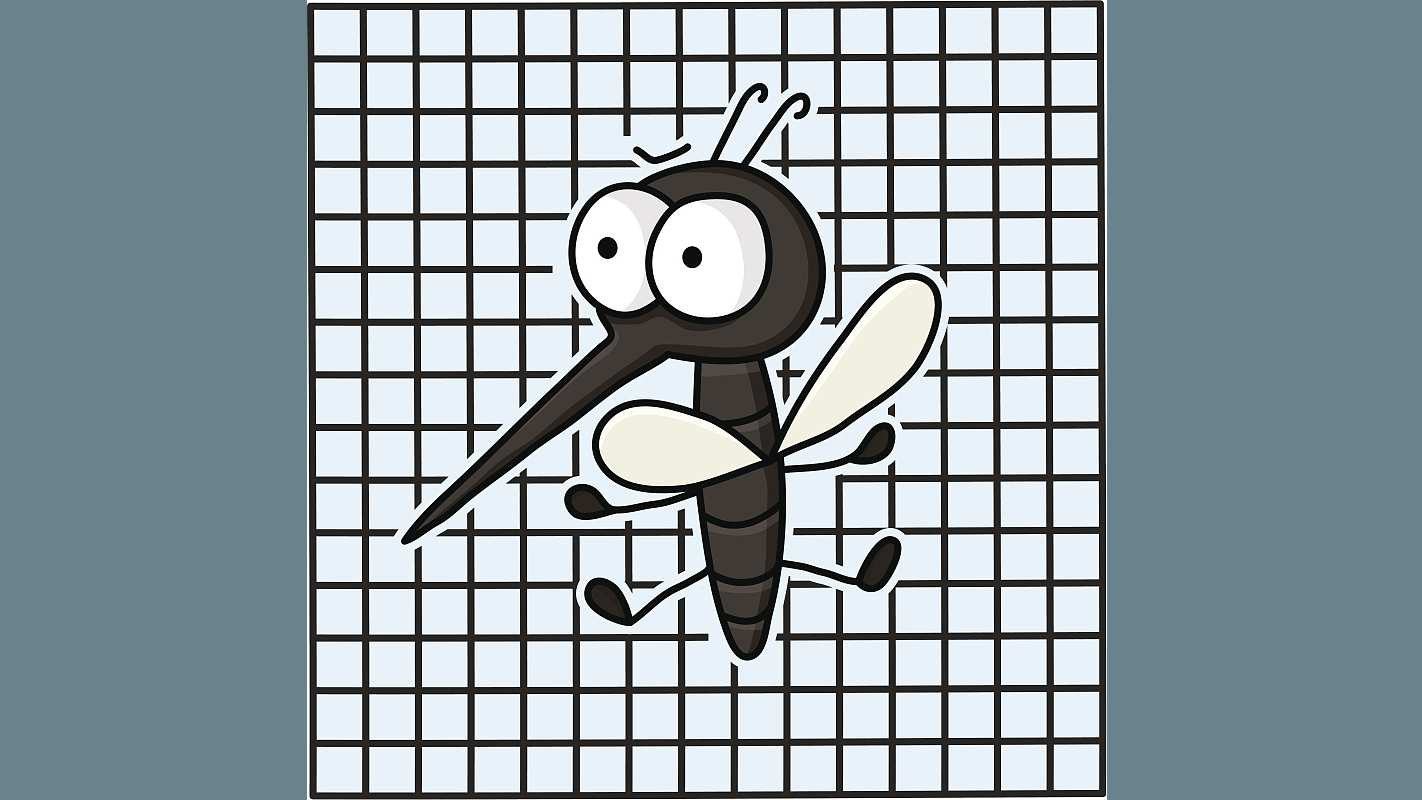

A study published on Thursday in the journal Current Biology has shown that female mosquitoes integrate signals from two sensory systems – visual and olfactory – to identify, track and zero in on a potential host for the blood meal.
Researchers from the University of Washington focused on the olfactory cue that triggers the hunt for a host: carbon dioxide, or CO2. The smell of CO2 can "prime" the mosquito's visual system to hunt for a host, according to the previous study.
The team collected data from approximately 250 individual mosquitoes in a small circular arena, about 18 centimeters in diameter. Each mosquito was tethered by a tungsten wire in the middle, surrounded by 360-degree LED display capable of showing different types of visual stimuli.
Also, an air inlet was mounted to stream odors into the arena, and an optical sensor below the insect collected data about mosquito wingbeats in the behavioral experiment.
They found that one-second puffs of air containing five-percent CO2, which is just above the 4.5-percent CO2 air emitted by humans, prompted the mosquitoes to beat their wings faster.
The visual elements like a fast-moving starfield had little effect on mosquito behavior, but if the display showed a horizontally moving bar, mosquitoes beat their wings faster and attempted to steer in the same direction.
The response was stronger if researchers introduced a puff of CO2 before showing the bar, according to the study.
Then, the researchers used genetically modified mosquitoes whose brain cells glow fluorescent green in case of stimulation. They removed a small portion of the mosquito skull and used a microscope to monitor neuronal activity in sections of its brain in real time.
They found that if the mosquito was shown a horizontal bar, two-thirds of 59 "regions of interest" lit up, indicating increased neuronal firing in response to the visual stimulus.
When the researchers introduced a puff of CO2 first and then showed the horizontal bar, 23 percent of the regions had even higher activity than before, according to the study.
However, the stimulation of horizontal bar triggered no response in the mosquito brain that control smell. "Smell triggers vision, but vision does not trigger the sense of smell," said the paper's corresponding author Jeffrey Riffell, a University of Washington professor of biology.
The mosquito sense of smell operates at long distances, picking up scents more than 30 meters away, but their eyesight is most effective for objects about 4.5 to six meters away, according to Riffell.
"So it makes sense that we see an odor affecting parts of the mosquito brain that control vision, and not the reverse," said Riffell.

Copyright © 2018 CGTN. Beijing ICP prepared NO.16065310-3
Copyright © 2018 CGTN. Beijing ICP prepared NO.16065310-3